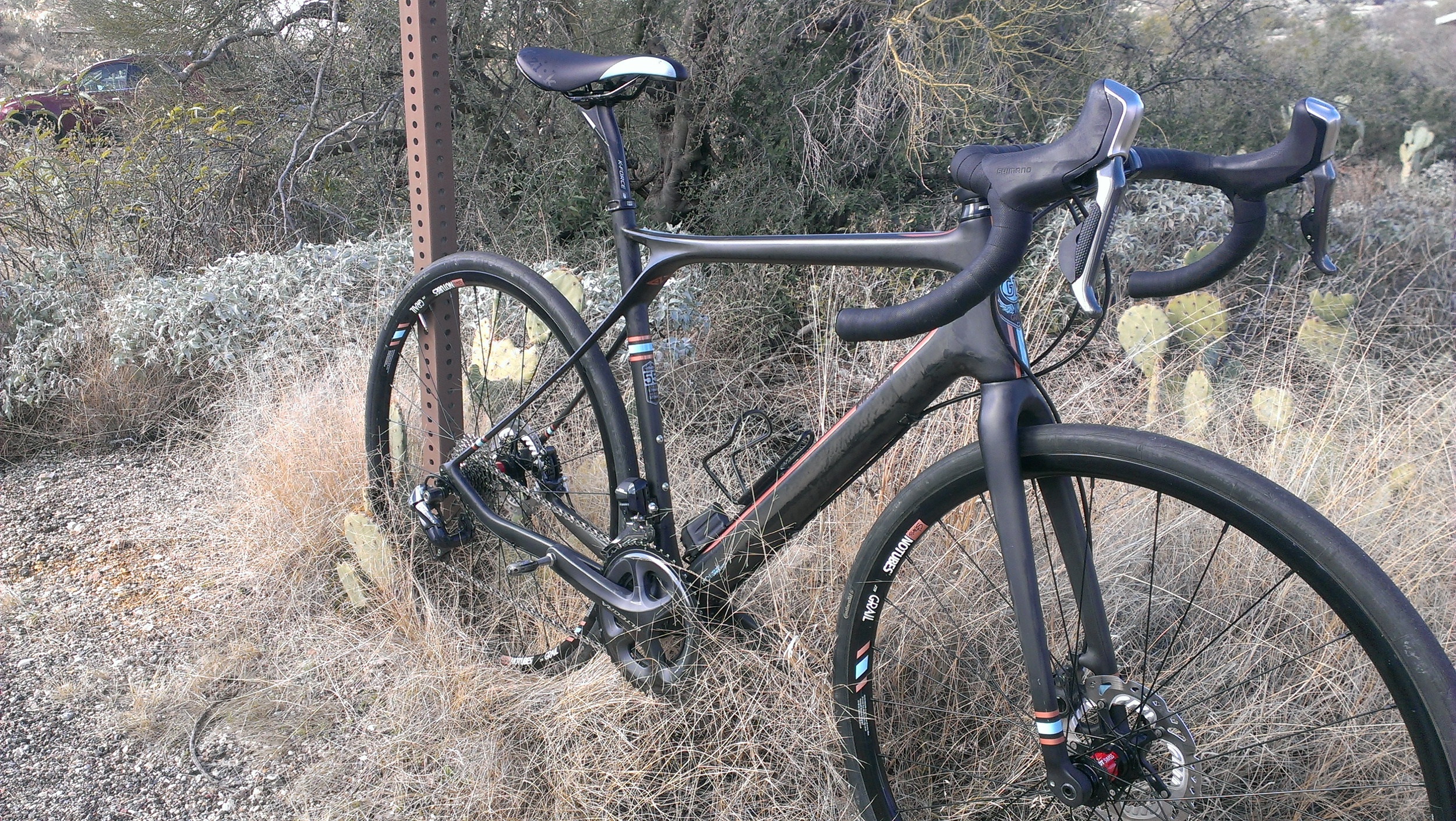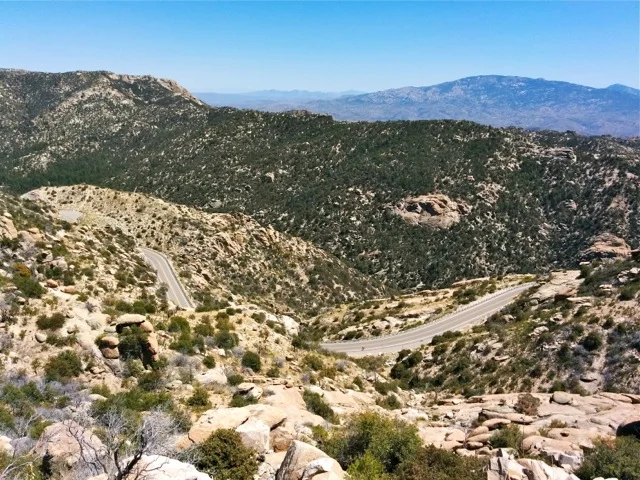I've been burned before. Everytime Cary suggests we do "something different", I immediately add a headlamp, jacket and twice the food to my pack. - Forest Dramis
Cary Smith
Living across the street from the Putt Putt trail is both a blessing and a curse. It’s obvious why it’s a blessing, but it’s a curse because it’s so easy to go there I struggle to branch out. I try to make a conscious effort to ride different trails without using my car, so Teton Pass is the next closest thing. Luckily, I have a favorite ride that’s worth checking out. Just think of Hwy. 22 as a nice warm-up and cool-down. And when the bike path is completed, it’ll be a no-brainer.
I call this ride the Dumbbell Loop - it was all I could think of today as I was climbing. It’s roughly shaped like a dumbbell with two loops at either end of a trail you ride in both directions. If this seems like more than you want to tackle, the loop at either end would be a great ride by itself. Or you could split it up however you see fit.
No matter when you ride it, the views are superb. But if you time it right, you will also have the bonus of popping wildflowers, vibrant mid-summer foliage or glowing fall colors. Really, you can’t go wrong. And for any backcountry skiers, it’s cool to see this area in summer and try to pick your favorite ski lines.
So, here’s the nitty gritty...
Ride down Fall Creek Rd. out of Wilson and turn right onto the dirt Mosquito Creek Rd. After several miles of low angle climbing, you will come to a road on your right with a gate. This is the entrance to an outfitter’s camp. It’s the way I went today (and the track from my Garmin) but I was told in no uncertain terms that I was trespassing. Luckily, the outfitter was very friendly and told me a different entrance. Instead of turning at the gate, continue up Mosquito Creek Rd. until it forks. Take the right fork and cross the creek. This should put you on the single track (I saw the junction today). Go left on the single track and follow it. There are a couple braids, but I think they all come back together. The outfitter has done work on this trail so it’s quite rideable. I only had to go over about 4 logs all day. There are some steep sections, so be ready to push your bike if needed-these are short.
You will climb to a saddle. Turn right and follow a faint trail for about 100 feet, then the trail becomes well-defined again and continues up. This is a tough section so have a Gu if you’re struggling. Now you’re on the ridge and will continue to roll up and down along an awesome trail. You will pass the junction to Mail Cabin (at Windy Ridge) on your right. There is an old sign on a tree that is easy to miss. Continue on this trail for several miles. As you start your descent into Mike Harris, pay attention to the trail coming in from the left at about 7 o’clock. That is your return trail.
Rip the Mike Harris descent. It’s a blast all the way to the highway. Go left on Hwy. 22 toward Victor. I get more water either in Victor or at the real estate office at Teton Springs. They’ve always been very friendly if they’re there, and if not, there’s a spigot on the outside. Follow the signs to Pole Canyon Trailhead.
Take trail 31 (not to the left and up the power lines, but to the right and up Pole Canyon). This trail has seen much improvement over the last couple of years and is a challenging but enjoyable climb all the way to the saddle. There are no forks in the trail.
Just after the last rock step, you will top out, looking into Swan Valley. Turn left, ride a few hundred feet and start pushing. It’s only about 5-10 minutes of walking up the ridge then there’s a steep 50’ descent and then you’re climbing back up to the ridge and having a ball. Very fun trail with all types of terrain. When it’s fast and smooth and you’re flying along, remember to look for a trail coming from your right at about 5 o’clock. This is your hard right turn to head back toward Mail Cabin. If you miss it, you will start descending back into Mike Harris.
Backtrack along the ridge to the sign at the top of Mail Cabin, turn left and follow it down. The first 1/4 mile is fun with some root features, then it’s a little bit of shale to the saddle. From here, you get on the new reroute, which is still a work in progress but a blast with sweet bermed switchbacks and little features to pop off. Follow this trail all the way down Mail Cabin. Just before the first creek crossing, look for a faint trail going left. Take it and you will avoid all the creek crossings. Don’t take it if you want to cool your feet and wash your bike. There’s a bridge over the last crossing, after which you will climb up to Hwy. 22.
Climb the highway and turn right in the pullout at the top. You can either take the single track from the road or the access road. I recommend the single track as it’s a nice trail. Follow this trail until it tops out at Mt. Elly and the start of Black Canyon. Alternatively, you can descend Lithium (steep and challenging). It’s starting point is a couple hundred feet before Mt. Elly. Descend Black Canyon trail until it spits you out at the Old Pass Rd. Trailhead.
Coast down into Wilson and enjoy your cool-down back into Jackson!




































